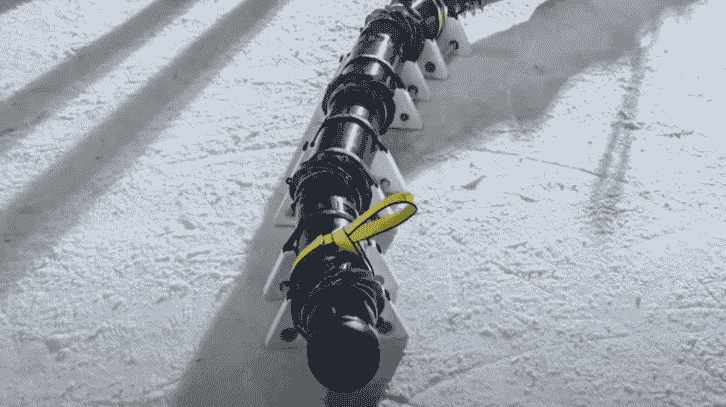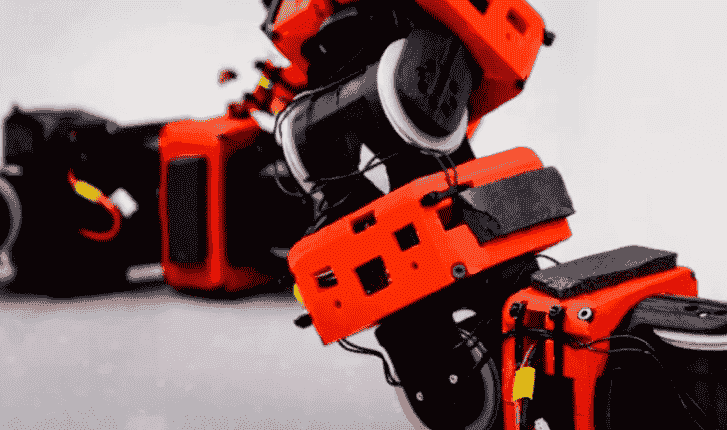
NASA Jet Propulsion Laboratory (JPL) is testing a snake-shaped robot to search for extraterrestrial life on one of Saturn’s moons.
The Exobiology Extant Life Surveyor (EELS), according to the JPL project website, is a mobile instrument platform designed to investigate internal terrain structures, determine whether organisms can live in those structures, and look for signs of life.
NASA Creates Snake-Like Sample Collector
The Robot resembling a snake is designed to traverse solid or liquid formations while collecting samples for analysis.
NASA intends to send the module to Enceladus, one of Saturn’s 83 known moons, in the distant future. In 2005, Cassini data indicated that the moon has a liquid ocean beneath its icy crust.
The project website claims that the plumes emerging from its surface are channels leading directly to liquid water, making this the most direct path to a potentially habitable liquid ocean.
Read more: Southern Oregon Youngster Accidentally Discovers An Archaeological Treasure
Robot Designed To Enter Plume Vent

Various hypothesized environmental conditions find backing in crevasse eruption models. All of the design decisions for the EELS were informed by the crevasse envelopes that could potentially block its path to the ocean.
The robot is composed of numerous identical segments that allow it to propel itself.
Additionally, it employs rotating propulsion units that function as tracks, underwater propellers, and gripping mechanisms.
These unique characteristics are designed to enable the robot to enter a plume vent and reach its source.
The design of the robot was influenced by the harsh conditions on Enceladus, which include temperatures 300 degrees Fahrenheit below zero. So far, the team designing the EELS has examined glaciers and volcanoes to evaluate its capabilities.
NASA has not yet announced a launch date for the EELS project, and it may not occur for several decades. The space agency stated that if the project is successful, it will enable deeper exploration into previously inaccessible regions.
Read more: Trump Declines Final Opportunity To Testify In New York Civil Trial

